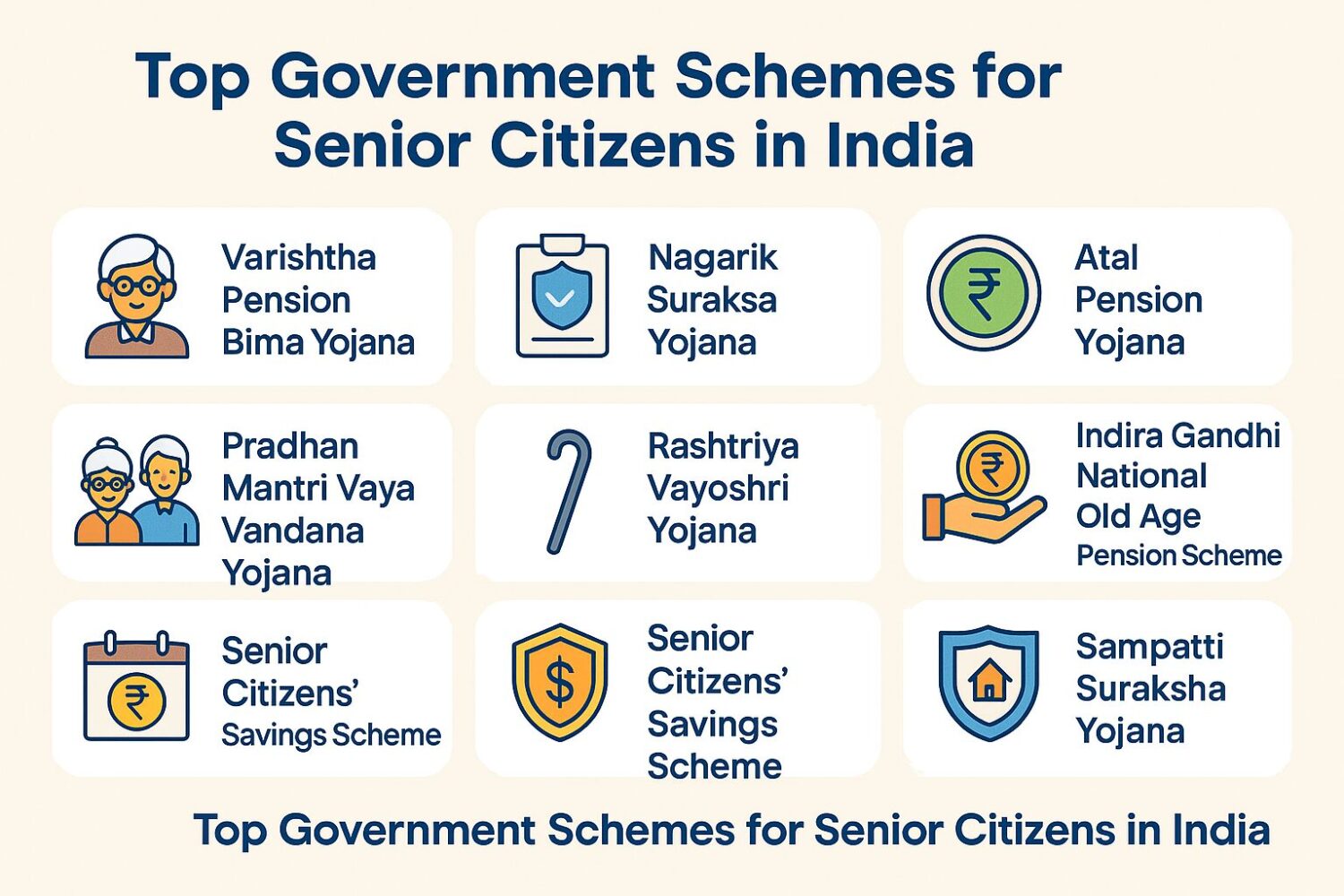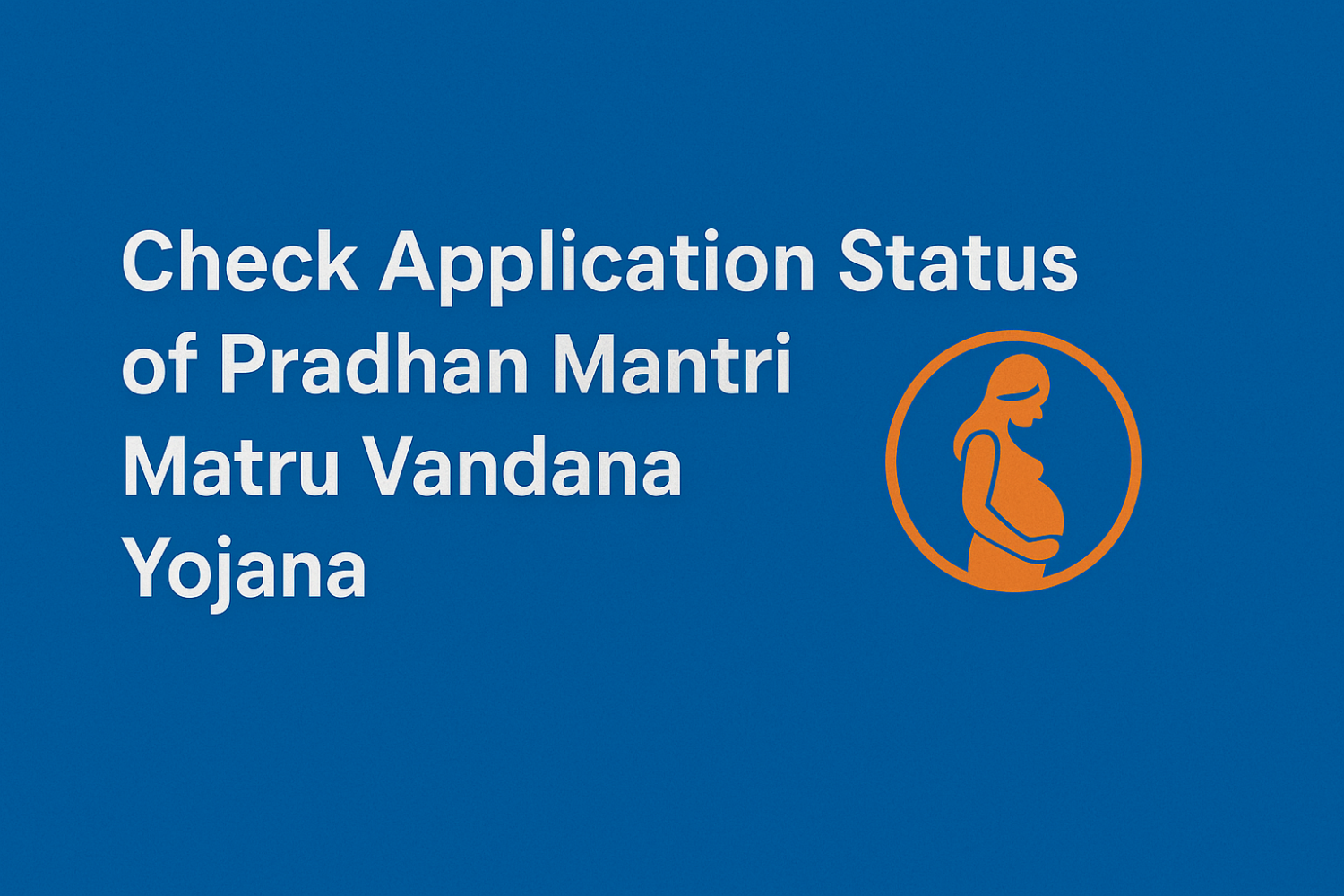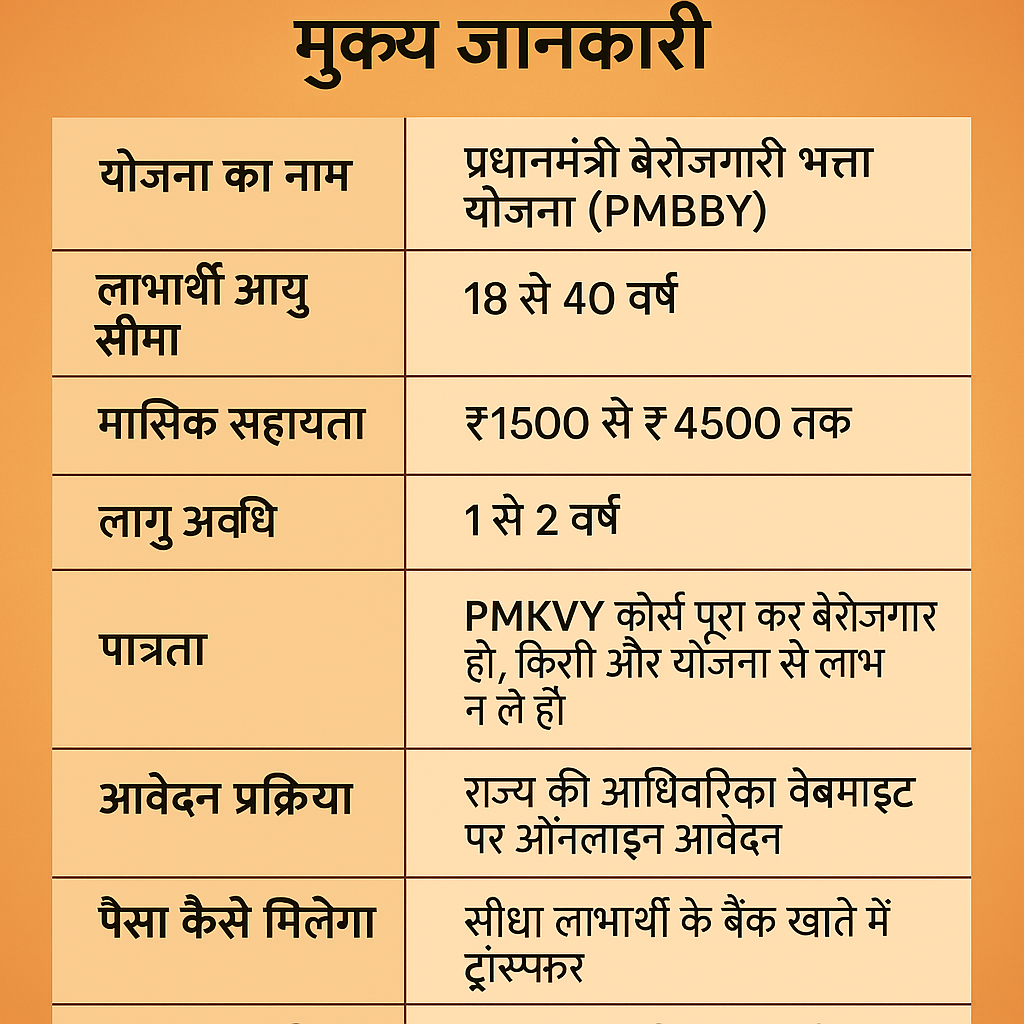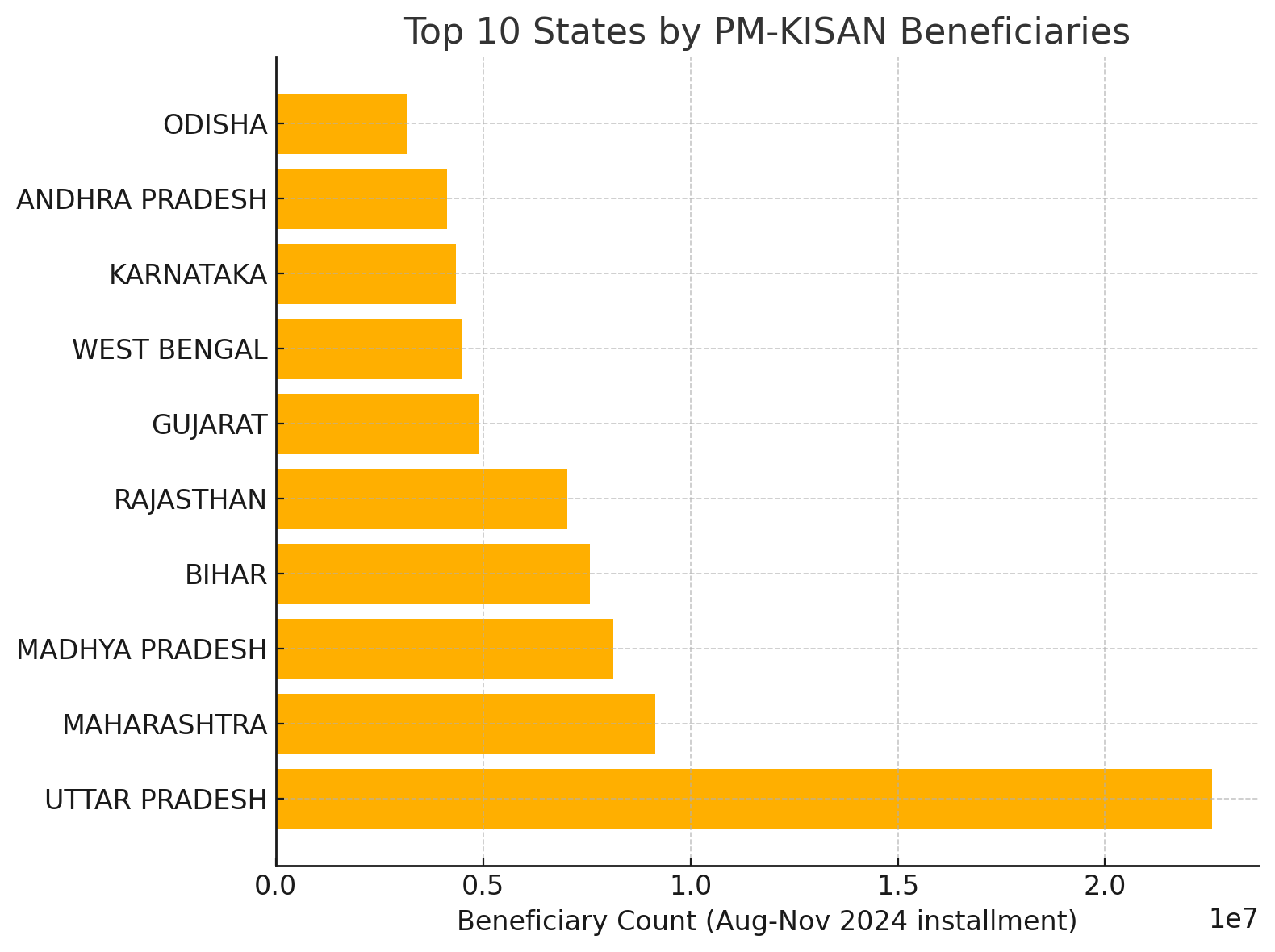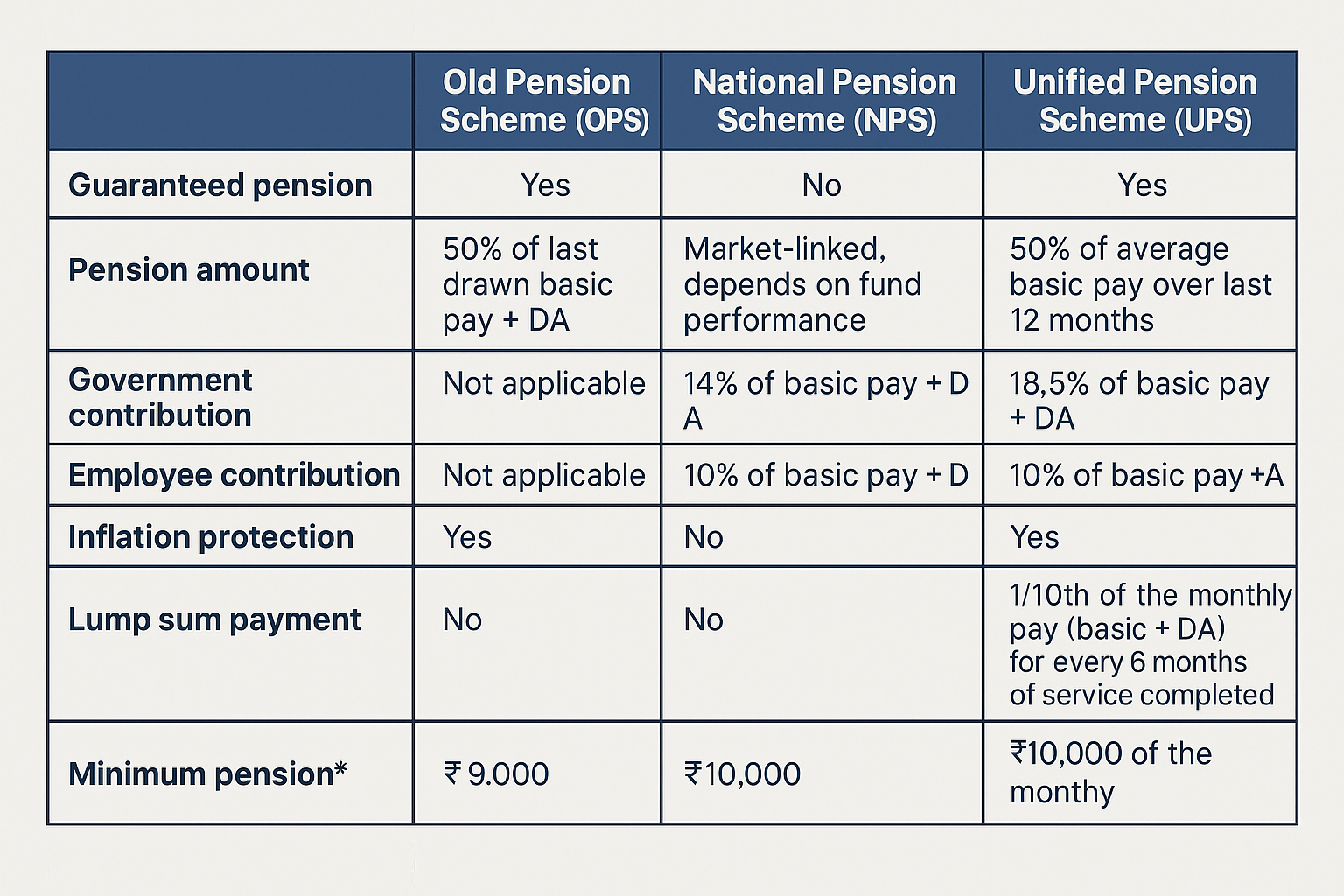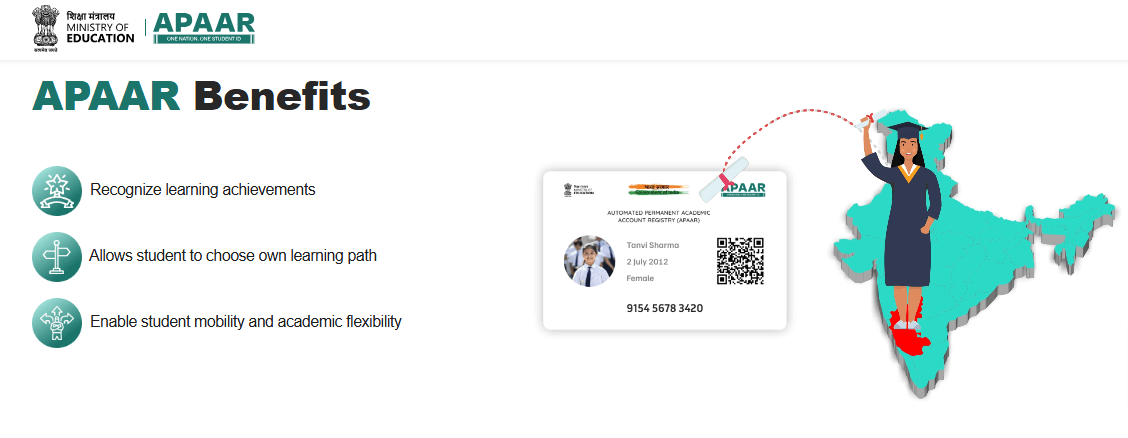
This content was recently updated by Sudhir Singh on February 28, 2025 to improve accuracy.
The Automated Permanent Academic Account Registry (APAAR) ID is a game-changing initiative designed to digitize and simplify the academic journey for students in India.
Introduced as part of the National Education Policy (NEP) 2020, this unique academic identifier allows students to store and manage their educational records in one secure digital space from school to higher education and even skill-based learning programs.
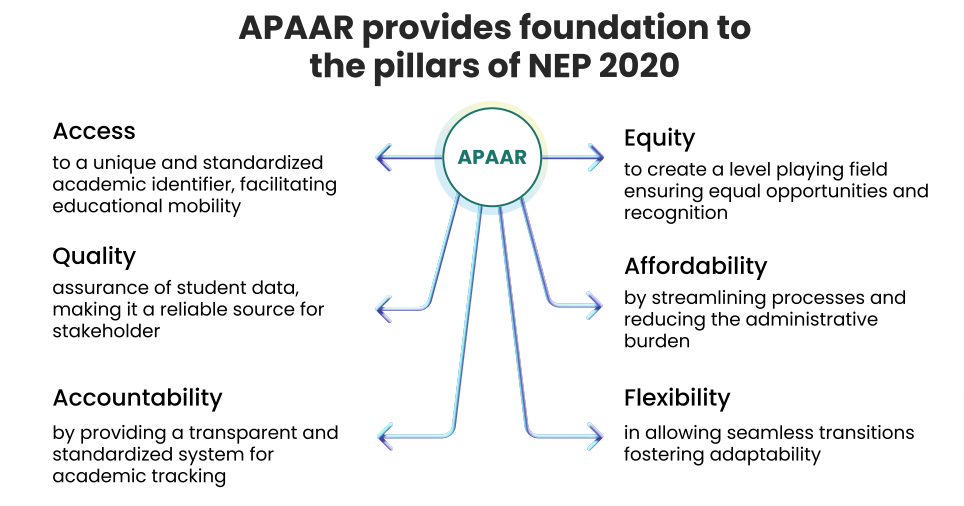
With some states like Goa achieving a 70% student registration rate for APAAR IDs, while others like Uttar Pradesh face challenges with private school participation, the rollout of APAAR is happening at different speeds across the country.
This guide will walk you through everything you need to know about APAAR ID, including its benefits, the application process, and potential challenges of not having one.
1. Introduction to APAAR ID
As education increasingly embraces digital transformation, the APAAR is a crucial step in making academic records more accessible, secure, and verifiable for students across India.

What is APAAR ID?
APAAR, which stands for Automated Permanent Academic Account Registry, is a lifelong, 12-digit unique identification system designed for all students in India.
The National Education Policy of 2020 calls for the need to create a unique ID for students that will help track students academic progress and manage their education more effectively throughout their learning journey.
It also supports broader goals like digitization, personalized learning, and universalization of education by bringing back out-of-school children (OoSC) into schools and enabling more efficient interventions in students’ educational paths.
Why is APAAR ID important?
The goal of APAAR is to simplify academic documentation and reduce paperwork. This system is linked to the Academic Bank of Credits (ABC), allowing universities and employers to instantly verify qualifications without the hassle of manual verification.
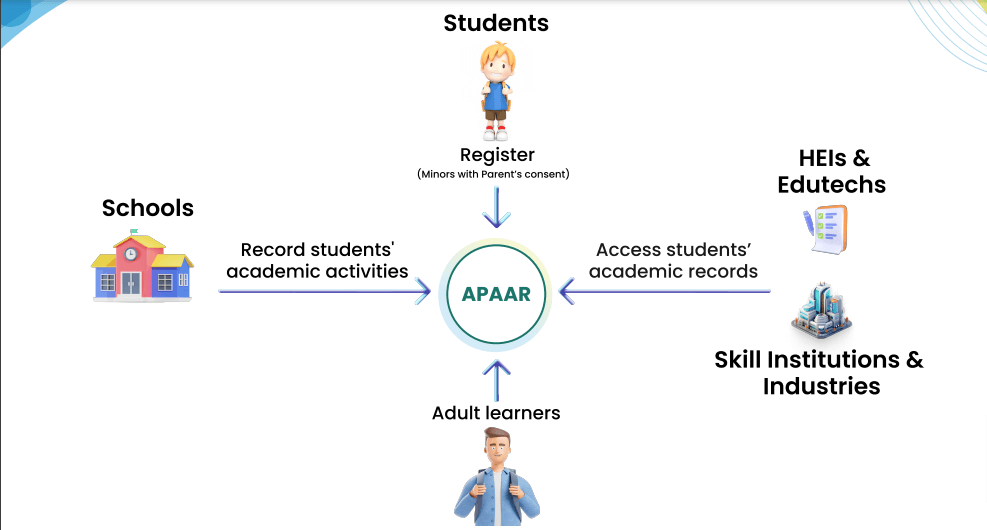
Key Benefits of APAAR ID:
- Digitized Academic Records: Secure storage for certificates, report cards, and credentials.
- Seamless Verification: Faster admissions, job applications, and scholarship approvals.
- Credit-Based Learning: Tracks both academic and skill-based achievements in a structured manner.
- Lifetime Academic Passport: Acts as a permanent academic ID throughout a student’s education and career.
In states like Goa, APAAR is already mandatory for students who wish to avail government benefits like midday meals and scholarships, and it’s expected that more states will follow suit soon.
2. How to Apply for APAAR ID?
Applying for an APAAR ID is a quick and straightforward process that students or their parents can complete online through an official government or school portal.
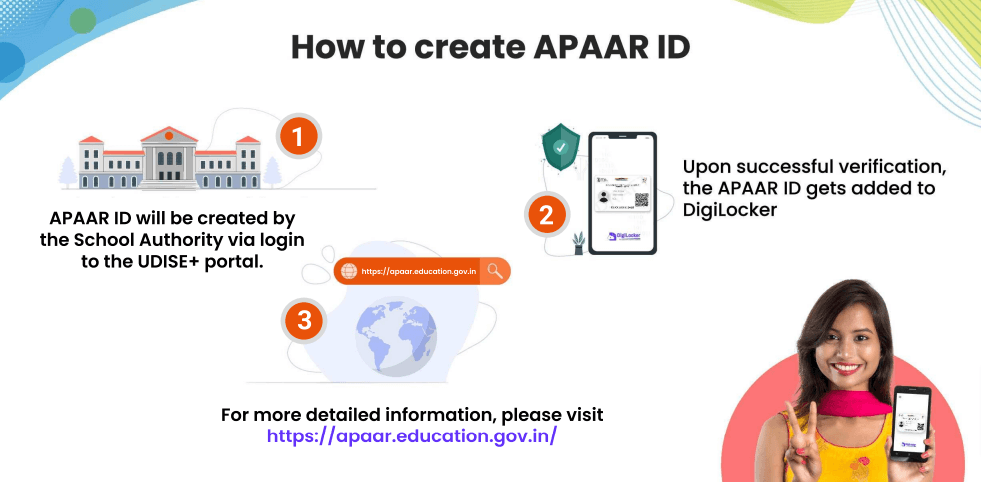
Step-by-Step Guide to Applying for APAAR ID through the UDISE+ Portal:
Step 1: Organize a Parent-Teacher Meeting (PTM): Schools shall arrange and conduct a PTM to introduce APAAR & its unique use cases and create “student APAAR IDs.”.
Step 2: Distribute Consent Forms: Schools provide physical consent forms to parents.
Step 3: Obtain Parental Consent: For minors, parents should fill out and sign the consent form while the school verifies student and parent identities.
Step 4: Educate on APAAR: Schools shall provide a complete overview of APAAR to students and their parents.
Step-5: Capture Consent: Schools must collect & store the “physical consent form” from parents. The PTM may be disbursed post-consent form collection.
Step-6: Access the APAAR Module: The school UDISE Coordinator or Class Teacher logs into the UDISE+ portal after the PTM and navigates to the APAAR Module tab.
Step-7: Authenticate Information: School authorities authenticate student details only for the students whose consent has been received (e.g., name, gender, DOB, parents’ names, Aadhaar number) to create the APAAR ID through the UDISE+ APAAR Module.
Step-8: Generate APAAR ID: The UDISE Coordinator or Class Teacher creates the APAAR ID upon successful verification of student details. It is then securely pushed to the student’s DigiLocker account. A confirmation SMS will be delivered to the parents through their registered mobile number linked to their UDISE+ account.
Step-9: Share APAAR ID: After successful APAAR ID creation, schools provide “APAAR ID” to students and their parents. Additionally, school authorities mention the APAAR ID number in their school ID card as well. A confirmation SMS will be delivered to the parents through their registered mobile number updated in the UDISE+ system.
Step-10: Failed to Create APAAR ID: Upon unsuccessful validation of student details or any other errors, the UDISE portal will highlight the error message to the school authority. The school may redirect the parents to the Common Service Center (CSC) for the required corrections.
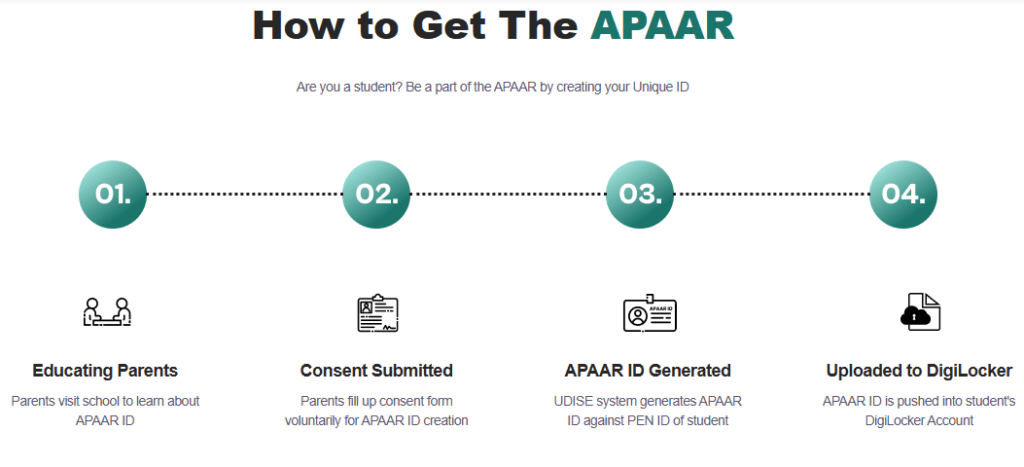
Required Documents & Eligibility Criteria:
To be eligible, students must be enrolled in a recognized Indian school, college, or university. The necessary documents include:
✔ Aadhaar Card (recommended for faster processing)
✔ School/College ID
✔ Previous academic mark sheets and certificates
Processing Time & Follow-Up:
On average, the APAAR ID application takes 7 to 15 business days. Students will receive SMS or email updates once their ID is issued. If there are any discrepancies, additional verification may be required.
3. Benefits of APAAR ID
As India’s education system shifts towards digitalization, APAAR ID offers several advantages that simplify academic management.

1. Centralized & Organized Records
No more worrying about lost certificates—all academic records are stored digitally in one secure place.
2. Instant Access to Documents
Instead of searching through stacks of paper, students can instantly access their report cards, degrees, and certifications.
3. Faster Verification for Admissions & Jobs
Many universities and employers prefer digital records. With APAAR ID, students can easily share and verify their credentials.
4. Quicker Scholarship & Admission Processes
Many government scholarships require digital verification, and APAAR ID helps students apply and get approvals more efficiently.
5. Secure & Tamper-Proof Academic Records
Since records are digitally encrypted, there’s no risk of fraud or forgery.
With 116 schools in Goa achieving 100% APAAR registration, more institutions are beginning to recognize the efficiency and security of this system.
4. Consequences of Not Having an APAAR ID
While the system is still being introduced, students without an APAAR ID may face several challenges in the near future.
1. Difficulty in Retrieving Academic Records
Without an APAAR ID, students must manually track down and present paper-based certificates, which can be time-consuming.
2. Risk of Losing Physical Documents
Traditional academic records can be lost, stolen, or damaged, making them difficult to recover.
3. Delays in Verification & Admissions
As more institutions move to digital verification, students without an APAAR ID may experience slower admissions and job application processes.
4. Increased Paperwork
Without an automated system, students will have to go through multiple levels of documentation for verification.
In Shahjahanpur, Uttar Pradesh, private schools have been slow to implement APAAR IDs, leading to only 66% student registration—which could cause difficulties for students in the future.
5. Frequently Asked Questions (FAQs)
1. Is APAAR ID mandatory for all students?
It is not compulsory nationwide, but states like Goa have made it mandatory for students availing of government benefits.
2. Can I apply without an Aadhaar Card?
Yes, other forms of ID, such as a school ID or passport, can be used for verification.
3. How is APAAR ID different from DigiLocker?
DigiLocker stores various government-issued documents, while APAAR ID is specifically designed for academic records.
4. What should I do if my application is delayed?
Check your application status online or contact your school/university for updates.
5. Can I update my academic records later?
Yes, students can add new mark sheets, degrees, and certifications as they progress in their education.
6. Conclusion
With India rapidly embracing digital education, APAAR ID is becoming an essential tool for students. Whether for admissions, job applications, or scholarship approvals, having a secure digital record makes the entire process smoother.
As states like Goa lead the way with 70% registration, others are gradually catching up, making APAAR ID a standard requirement across India. If you haven’t applied yet, consider registering for an APAAR ID today to secure your academic future!
All Images are from https://apaar.education.gov.in/




















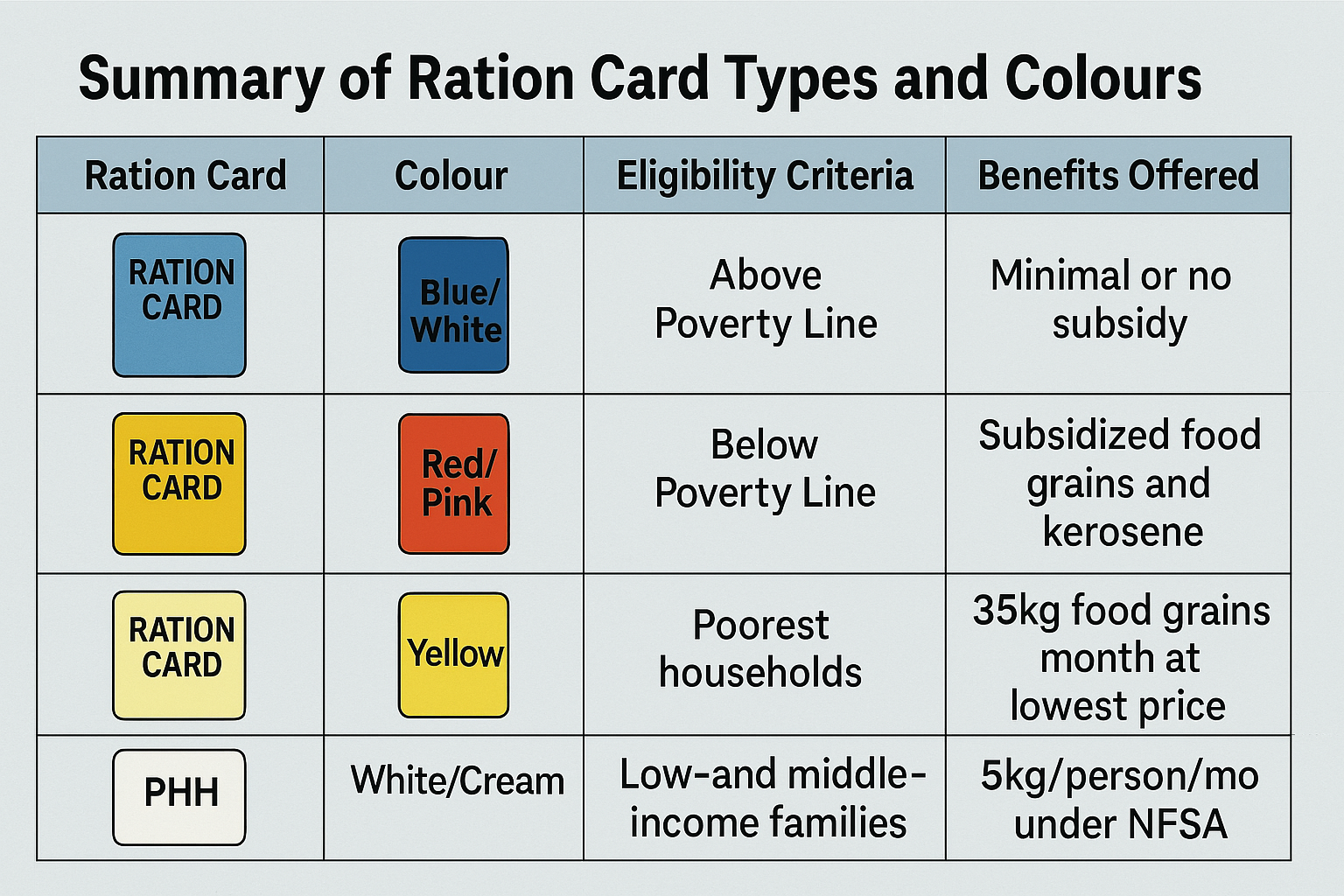
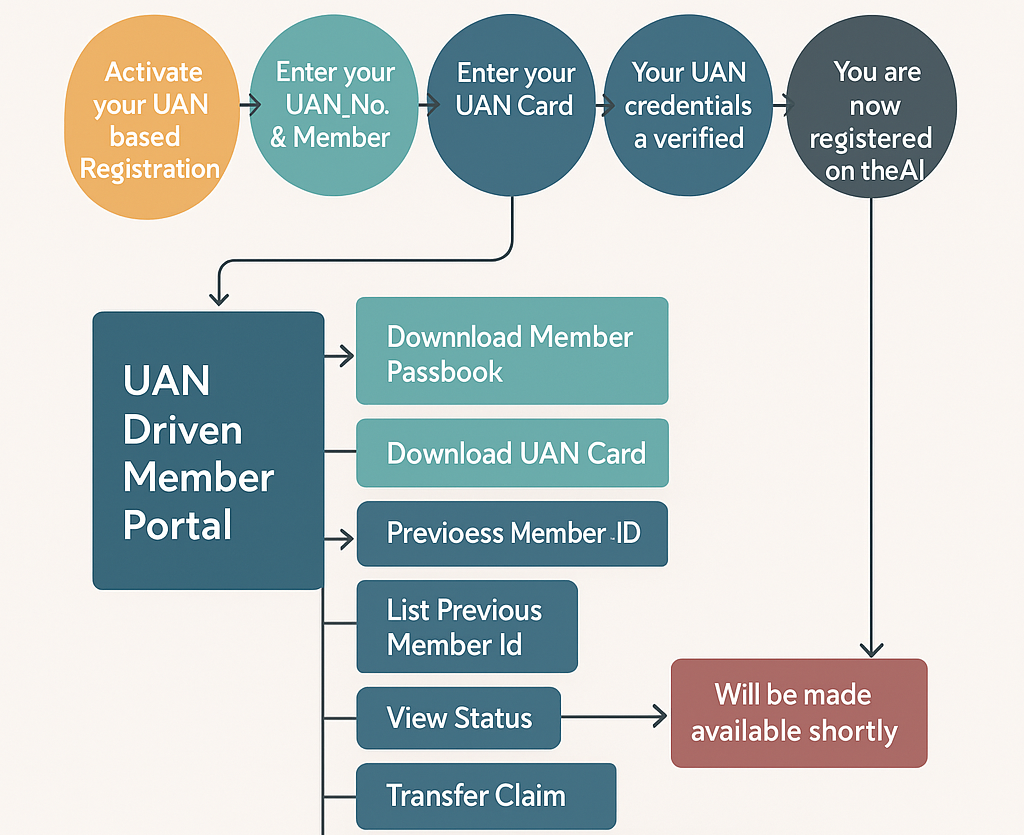



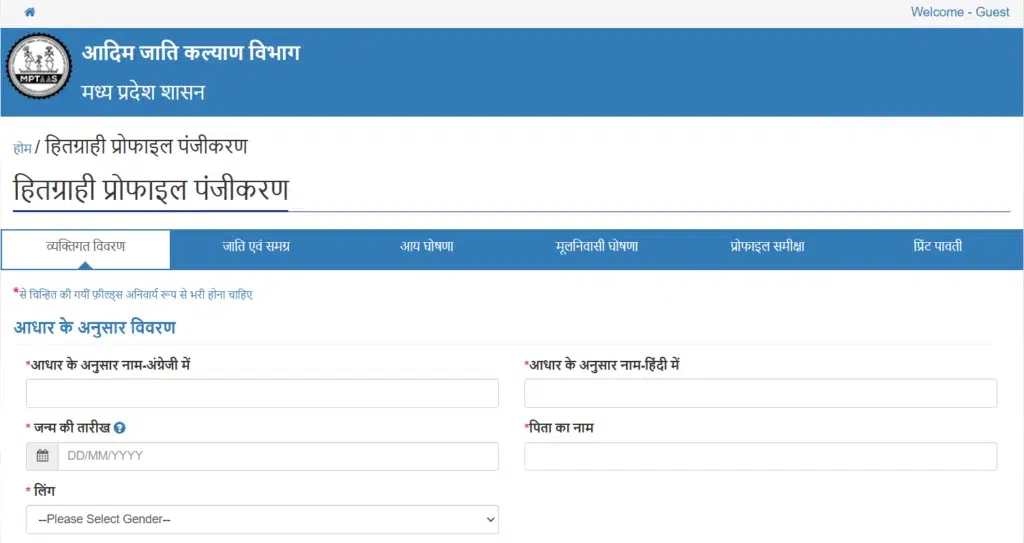






![12 Government Schemes Urban Poor Must Know About [2025 Guide]](https://indiansouls.in/wp-content/uploads/2025/05/image-1.jpg)


